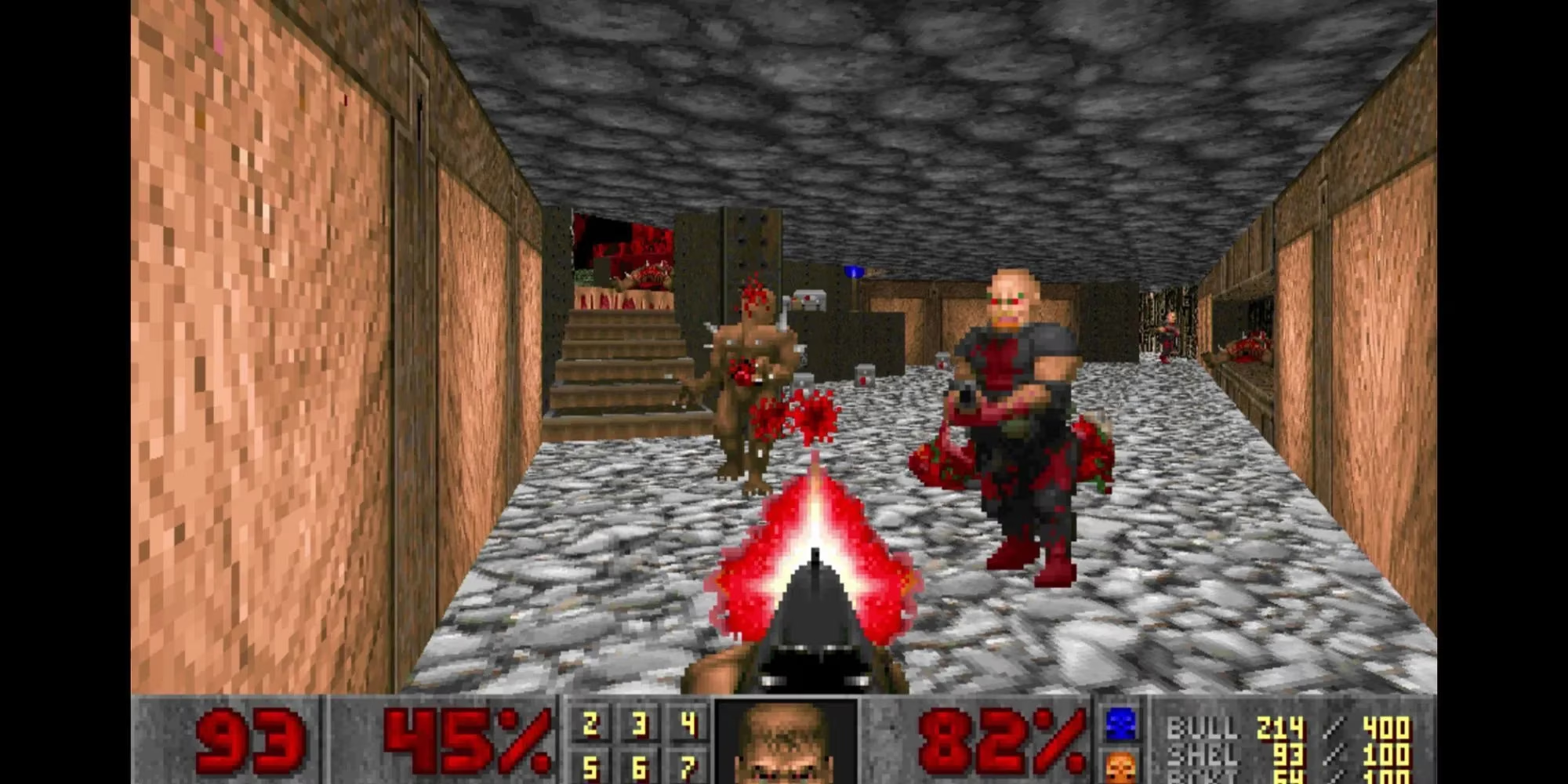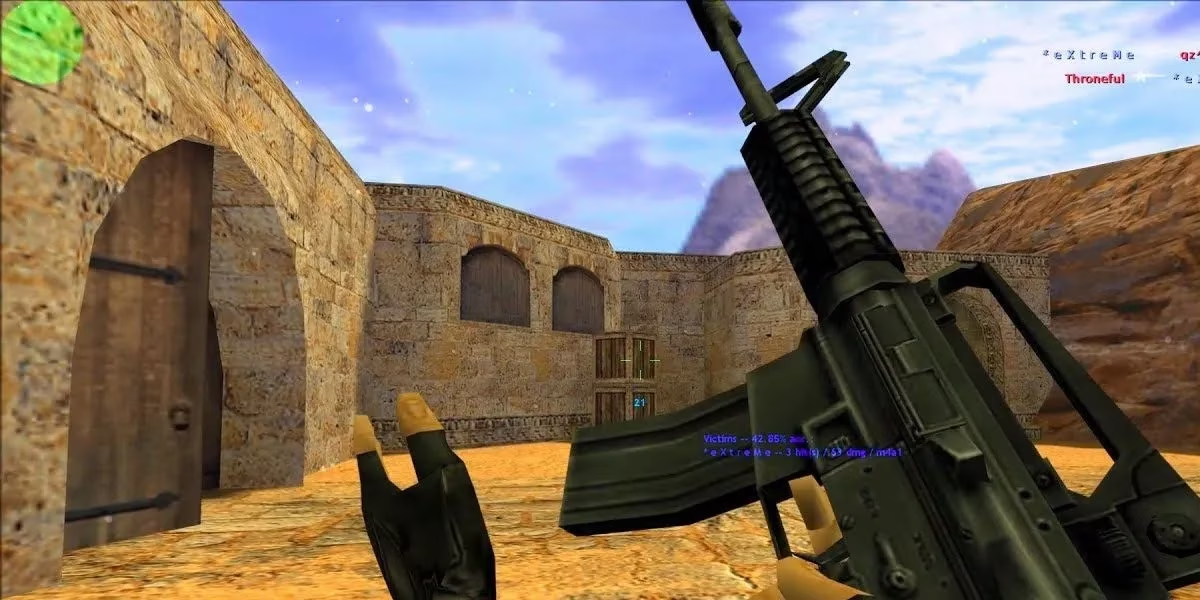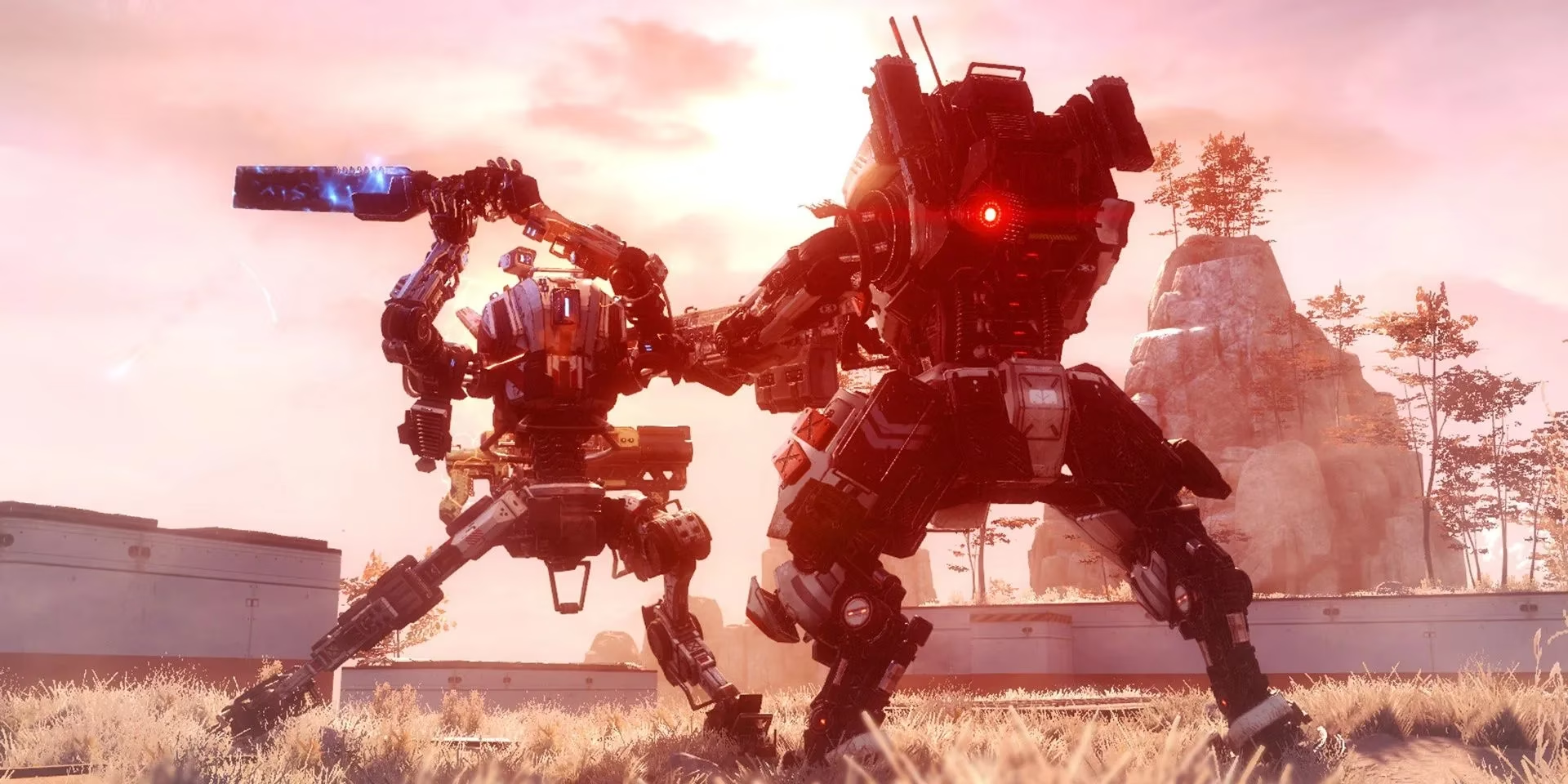The Evolution of Multiplayer Shooters: A Professional Gamer's Perspective
Explore the revolutionary evolution of multiplayer shooters, from DOOM to 2025, shaping gaming culture and competitive esports with immersive, strategic gameplay.
As a professional gamer who has spent countless hours in digital battlefields, I've witnessed the remarkable evolution of multiplayer shooters firsthand. From the primitive pixelated arenas of the early 90s to today's hyper-realistic combat zones in 2025, the journey has been nothing short of revolutionary. The games that pioneered this genre didn't just create entertainment – they fundamentally changed how we interact in virtual spaces.
The Founding Fathers
Back when internet connections were measured in kilobits and LAN parties required lugging heavy CRT monitors to a friend's basement, DOOM (1993) changed everything. I still remember the first time I experienced its multiplayer deathmatch – the pure adrenaline rush of hunting another human player rather than predictable AI enemies was intoxicating.

DOOM wasn't just a game; it was a cultural reset. While modern gamers might look at its primitive graphics and laugh, they're enjoying the fruits of seeds planted over three decades ago. The DNA of DOOM exists in virtually every shooter we play today.
Quake took this foundation and constructed something even more magnificent. The movement techniques it introduced – bunny-hopping, strafe jumping, rocket jumping – created a skill ceiling that separated casual players from dedicated ones. I spent months mastering these techniques, and they've become second nature in my professional career.
What's particularly fascinating is how Quake essentially birthed esports as we know them. The competitions I participate in today, with million-dollar prize pools and massive audiences, owe their existence to those early Quake tournaments where players competed for modest prizes and bragging rights.
The Tactical Revolution
Counter-Strike changed everything. Again.

What began as a Half-Life mod transformed shooter gameplay from mindless fragging to strategic thinking. I remember my first CS matches – dying repeatedly because I was playing it like Quake. The lesson was clear: patience, positioning, and teamwork mattered more than raw aim. This philosophy has influenced countless games since, including Rainbow Six Siege and Valorant, which dominate today's competitive scene.
The tactical shooter revolution Counter-Strike started has only deepened in 2025. Modern competitive shooters have layered complexity that would have been unimaginable in the 90s – economy management, utility usage, role specialization, and intricate map knowledge are now fundamental skills.
The Console Explosion
While PC gaming pioneered online shooters, consoles democratized them. Halo: Combat Evolved wasn't just a great game – it was a cultural phenomenon that brought multiplayer shooters to living rooms everywhere.
I have vivid memories of Halo LAN parties – four TVs, four Xboxes, 16 players, and endless trash talk. The technical limitations (split-screen on CRT TVs!) seem archaic now, but the social experience was magical in ways that modern online play sometimes fails to capture.
Call of Duty 4: Modern Warfare perfected the formula for console shooters. Its progression system – unlocking weapons, attachments, and perks as you played – created an addictive loop that has been replicated endlessly since. As someone who's competed professionally in multiple CoD titles, I can attest to the brilliance of its fundamental design.
The Hero Shooter Renaissance
Team Fortress 2 deserves special recognition for pioneering the hero shooter concept that dominates today's market.

TF2's distinct character classes, each with unique abilities and playstyles, created a team dynamic that was about more than just shooting skill. The game's cartoony aesthetic was a bold departure from the military realism dominating shooters at the time – a decision that has helped it age gracefully while more "realistic" contemporaries look dated.
In my professional career, I've had to master multiple hero shooters, and the DNA of TF2 is evident in all of them. The class-based teamplay, objective focus, and distinctive character abilities that define games like Overwatch and Valorant all trace back to TF2's innovations.
Innovation Beyond Conventions
Not every influential shooter followed the established path. The Division blended third-person shooting with MMO elements and created the fascinating Dark Zone – a PvPvE area where the tension came as much from potential player betrayal as from the game's enemies.
And then there's Titanfall 2 – perhaps the most bittersweet entry in shooter history.

As a professional, I consider Titanfall 2 the most mechanically perfect shooter ever created. The movement system allowed for breathtaking expressions of skill, the gunplay was tight and responsive, and the titan combat added a strategic layer that no other game has matched. Its commercial underperformance remains one of gaming's greatest tragedies.
However, its DNA lives on in Apex Legends, which has become one of the dominant battle royale games of 2025. The fluid movement and satisfying gunplay that define Apex are directly inherited from Titanfall.
Where Are We Heading?
As we move through 2025, I see the lines between shooter subgenres continuing to blur. The rigid categories of "tactical shooter," "hero shooter," and "battle royale" are becoming less distinct as games borrow elements from across the spectrum.
The integration of advanced AI systems is perhaps the most exciting frontier. The static, predictable bots of yesteryear are being replaced by sophisticated AI opponents and teammates that adapt to player behavior in ways that were science fiction just a few years ago.
Virtual reality shooters are finally coming into their own after years of promise. The physical dimension they add – having to actually duck behind cover rather than pressing a button – creates an intensity that traditional gaming can't match.
What fascinates me most is how these games continue to reflect their ancestry. The DNA of DOOM, Quake, Counter-Strike, and other pioneers remains visible in today's most cutting-edge titles. Innovation rarely means complete reinvention – more often, it's about building thoughtfully on what came before.
I wonder sometimes what the next paradigm shift will be. Will neural interfaces allow us to control games with our thoughts? Will mixed reality blend digital combat with physical spaces? Or is there some completely different approach waiting to be discovered?
Whatever comes next, I'm certain it will carry the echoes of these pioneering games – just as we carry the memories of our first multiplayer matches, whether they were in the pixelated corridors of DOOM or the hyper-detailed battlegrounds of today.